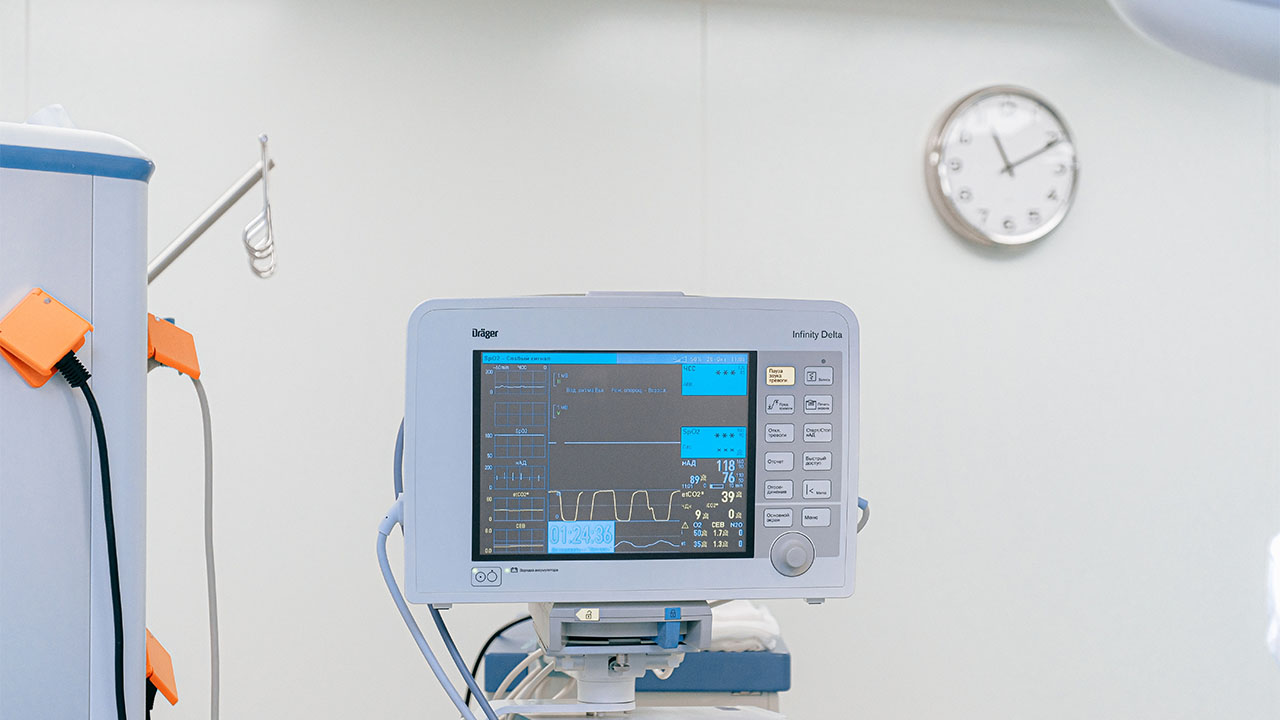UK (Commonwealth Union) – Every year, millions of people around the world tragically succumb to cardiovascular disease, yet in numerous developing countries, healthcare facilities find themselves ill-equipped to provide the necessary treatment. This alarming issue came to light in a recent study that examined the state of healthcare facilities in Low- and Middle-income Countries (LMICs).
The study, led by an international team of researchers hailing from the University of Birmingham, delved into the healthcare infrastructure of eight LMICs situated across various World Health Organization-defined regions. Their findings unveiled a troubling reality: the majority of these facilities lack the readiness required to offer services for addressing cardiovascular diseases, including the management of cardiovascular disease risk factors such as diabetes and hypertension.
Interestingly, the study posits a potential solution rooted in the increased investments made in healthcare facilities to combat HIV. These investments, driven by the UN Millennium Development Goals, could be leveraged to address the comparatively neglected issue of cardiovascular disease risk factors (CVDRFs). The researchers observed that healthcare facilities capable of providing HIV care are also better equipped to offer care for CVDRFs.
The study’s findings, presented in PLOS Global Public Health, underscore the urgent need to bridge the glaring gap between healthcare facility readiness for cardiovascular disease care and that for HIV care after evaluating countries that included preparedness for HIV or CVD care in Afghanistan, Bangladesh, Democratic Republic of Congo (DRC), Haiti, Malawi, Nepal, Senegal, and Tanzania. Lead author Professor Justine Davies from the University of Birmingham emphasized that effectively addressing this pressing global health challenge necessitates healthcare services to possess all essential components for patient care, including a well-trained staff, adequate facilities, access to medicines, and necessary equipment.
In sum, the study brings into focus the critical need to enhance healthcare infrastructure worldwide, particularly in LMICs, to better combat the burden of cardiovascular diseases, which has persisted since 2011 despite global targets to reduce its impact.
“Given the long-term financial investment and advocacy for HIV, we looked to see what readiness to provide care could be achieved with good long-term investment. We then compared readiness for CVD care with that of HIV care. We found that, despite years of investment in HIV, facilities were often not ready to fully provide care. But we found that the situation for CVD was far worse,” said Professor Davies.
Neil Cockburn, another lead author of the study from the University of Birmingham, emphasized the imperative need for a substantial increase in investment to ensure that healthcare facilities are adequately prepared to deliver healthcare services to individuals with cardiovascular disease risk factors (CVDRF).
The study’s findings revealed that, on a country-specific level, healthcare facilities were generally less prepared to manage cardiovascular disease risk factors (CVDRF) compared to their readiness to handle HIV. Consistently, deficiencies were identified in areas such as information availability, staffing levels, and the availability of necessary medicines. This lack of readiness in rural and primary care facilities poses a significant challenge to achieving Sustainable Development Goal (SDG) 3.8, which aims to provide high-quality universal healthcare to all.
Nevertheless, there is optimism that the growing emphasis on non-communicable diseases within the SDG framework, coupled with the World Health Organization’s (WHO) commitment to reducing diabetes risk, presents an opportunity for policymakers to enhance CVDRF care.
Globally, cardiovascular diseases (CVD) accounted for nearly 18 million premature deaths in 2019, with 75% occurring in LMICs, where they are a leading cause of both death and Disability Adjusted Life Years (DALYs) among adults. Diabetes and hypertension stand as key risk factors for CVD and rank among the top three risk factors for global mortality and disability. Since 2015, the SDGs have included Goal 3.4, which aims to reduce premature mortality due to non-communicable diseases by one-third. Achieving this goal necessitates effective management of CVD, with a crucial emphasis on the management of CVDRF for the primary prevention of cardiovascular diseases.








